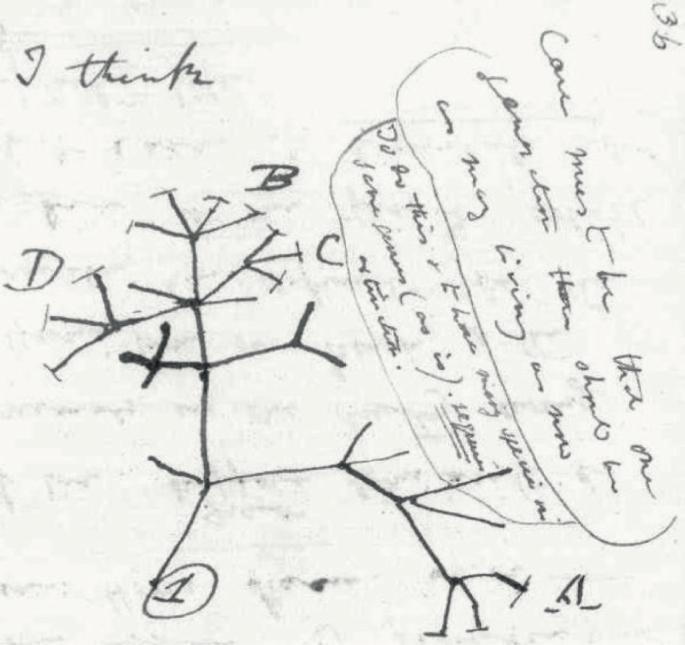Proliferating active matter
IF 44.8
1区 物理与天体物理
Q1 PHYSICS, APPLIED
引用次数: 0
Abstract
The fascinating patterns of collective motion created by autonomously driven particles have fuelled active-matter research for over two decades. So far, theoretical active-matter research has often focused on systems with a fixed number of particles. This constraint imposes strict limitations on what behaviours can and cannot emerge. However, a hallmark of life is the breaking of local cell number conservation by replication and death. Birth and death processes must be taken into account, for example, to predict the growth and evolution of a microbial biofilm, the expansion of a tumour, or the development from a fertilized egg into an embryo and beyond. In this Perspective, we argue that unique features emerge in these systems because proliferation represents a distinct form of activity: not only do the proliferating entities consume and dissipate energy, they also inject biomass and degrees of freedom capable of further self-proliferation, leading to myriad dynamic scenarios. Despite this complexity, a growing number of studies document common collective phenomena in various proliferating soft-matter systems. This generality leads us to propose proliferation as another direction of active-matter physics, worthy of a dedicated search for new dynamical universality classes. Conceptual challenges abound, from identifying control parameters and understanding large fluctuations and nonlinear feedback mechanisms to exploring the dynamics and limits of information flow in self-replicating systems. We believe that, by extending the rich conceptual framework developed for conventional active matter to proliferating active matter, researchers can have a profound impact on quantitative biology and reveal fascinating emergent physics along the way. Active matter locally dissipates energy to produce systematic motion. This Perspective highlights proliferation as a special type of activity that breaks particle number conservation and thereby gives rise to a unique set of collective phenomena characteristic of life.

增殖的活性物质。
20多年来,由自主驱动的粒子创造的集体运动的迷人模式一直推动着活性物质的研究。到目前为止,理论上的活性物质研究通常集中在具有固定数量粒子的系统上。这种约束对哪些行为可以出现,哪些行为不能出现施加了严格的限制。然而,生命的一个标志是通过复制和死亡打破局部细胞数量守恒。例如,必须考虑出生和死亡过程,以预测微生物生物膜的生长和进化、肿瘤的扩展或从受精卵发育成胚胎及其后的情况。从这个角度来看,我们认为这些系统中出现了独特的特征,因为增殖代表了一种独特的活动形式:增殖实体不仅消耗和耗散能量,还注入了能够进一步自我增殖的生物量和自由度,导致了无数的动态场景。尽管存在这种复杂性,但越来越多的研究记录了各种增殖软物质系统中常见的集体现象。这种普遍性使我们提出扩散是活性物质物理学的另一个方向,值得专门寻找新的动力学普遍性类。从识别控制参数、理解大波动和非线性反馈机制,到探索自复制系统中信息流的动力学和极限,概念上的挑战比比皆是。我们相信,通过将为传统活性物质开发的丰富概念框架扩展到增殖活性物质,研究人员可以对定量生物学产生深远影响,并在这一过程中揭示迷人的新兴物理学。
本文章由计算机程序翻译,如有差异,请以英文原文为准。
求助全文
约1分钟内获得全文
求助全文
来源期刊

Nature Reviews Physics
Multiple-
CiteScore
47.80
自引率
0.50%
发文量
122
期刊介绍:
Nature Reviews Physics is an online-only reviews journal, part of the Nature Reviews portfolio of journals. It publishes high-quality technical reference, review, and commentary articles in all areas of fundamental and applied physics. The journal offers a range of content types, including Reviews, Perspectives, Roadmaps, Technical Reviews, Expert Recommendations, Comments, Editorials, Research Highlights, Features, and News & Views, which cover significant advances in the field and topical issues. Nature Reviews Physics is published monthly from January 2019 and does not have external, academic editors. Instead, all editorial decisions are made by a dedicated team of full-time professional editors.
 求助内容:
求助内容: 应助结果提醒方式:
应助结果提醒方式:


